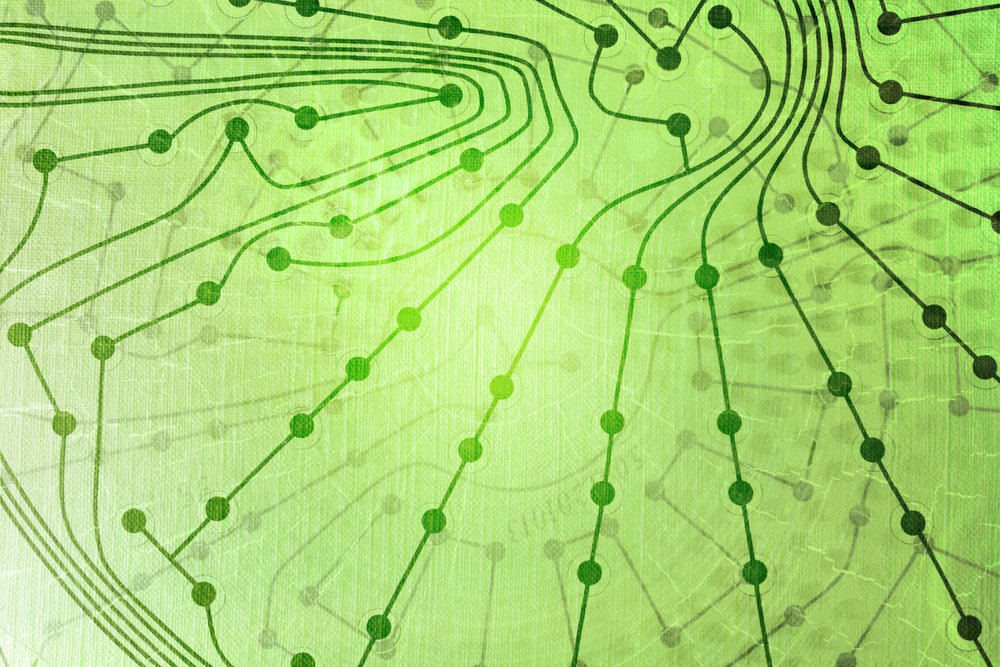Heart, Other Muscles’ Response to Energy Malfunctions Has Implications for MS

Researchers from the National Institutes of Health have gained valuable insight into how cells in the heart and other muscles protect themselves from sudden plunges in energy production.
Their findings shed light on how energy shortages affect patients with muscular disorders such as muscular dystrophy. And they may pave the way for novel treatments.
The study, “Power Grid Protection Of The Muscle Mitochondrial Reticulum,” was published in the journal Cell Reports.
Mitochondria are the cell’s powerhouse. These organelles are organized as a network to allow rapid communication and distribution of energy throughout the cell. Theoretically, this connectivity could put energy production and delivery at risk when mitochondria is damaged — because it would seem that the damage could cause the whole network to go haywire.
Mother Nature came up with a fix, however. Using advanced laboratory techniques, a research team led by Robert Balaban discovered that mitochondria in the heart and other muscles are not organized in a single row. Instead, they are in parallel rows of subnetworks that are linked through contact sites called intermitochondrial junctions (IMJs).
This type of organization protects the full energy system from locally damaged mitochondria. In other words, when certain mitochondria become faulty, IMJs disconnect from these organelles, allowing remaining mitochondria to resume their normal function within seconds.
This protects the heart and other muscles from failing due to sudden hiccups in energy production. The protective mechanism works like an electrical circuit in a city: Some lights can flicker off when there’s a sudden defect, but the entire city is not shut down. Only the affected parts lose power.
“This mitochondrial network protection system limits the propagation of local failures and allows for the quick recovery of undamaged mitochondria in order to sustain cellular function,” researchers wrote.
Muscular dystrophy is a condition caused by genetic mutations in proteins with important roles in muscle cell development and energy production. Mutations that trigger less expression of such proteins can cause loss of muscle function in the heart and elsewhere. While muscle weakness is responsible for movement problems in MS, loss of heart muscle activity may lead to heart failure and death.






